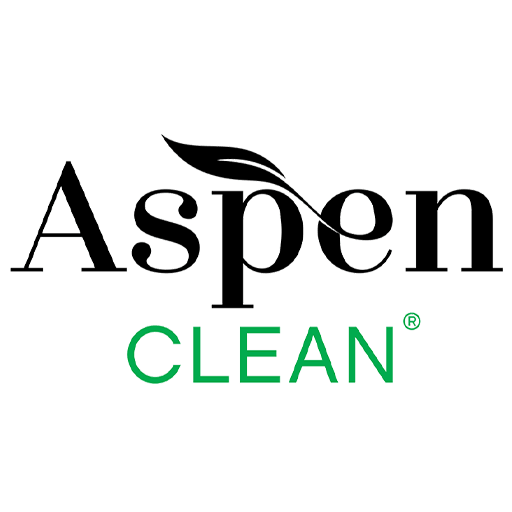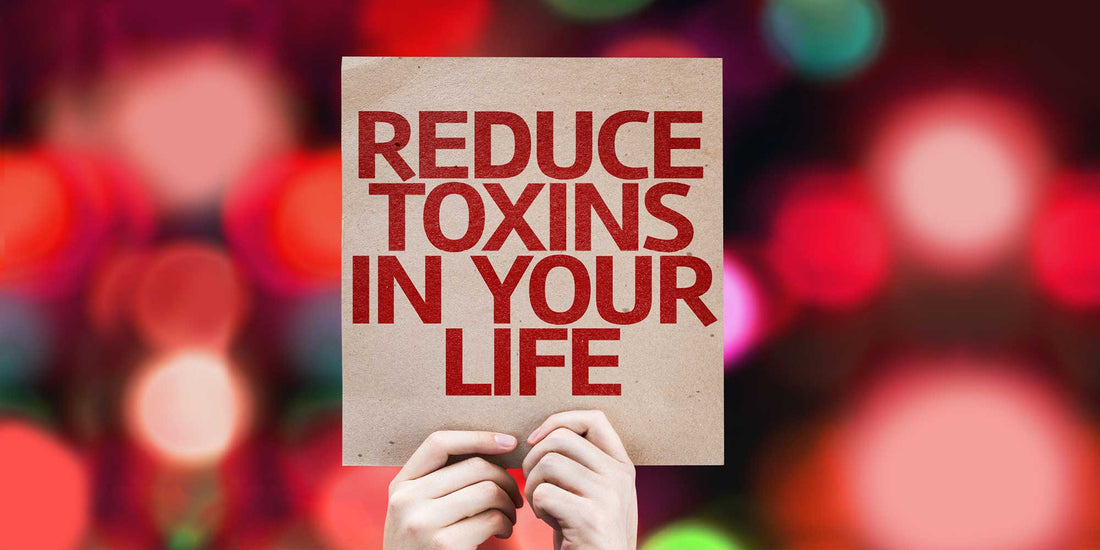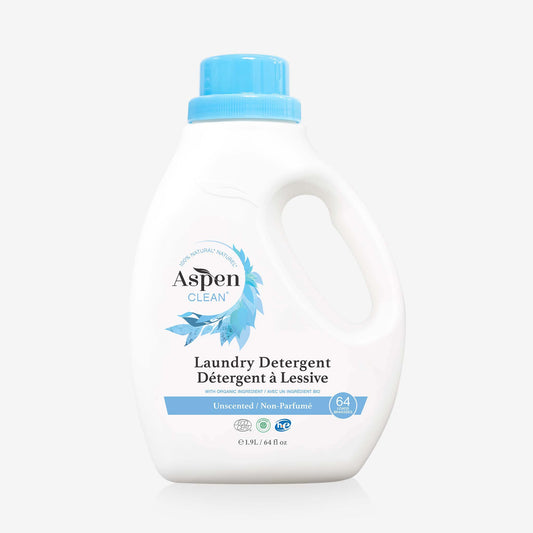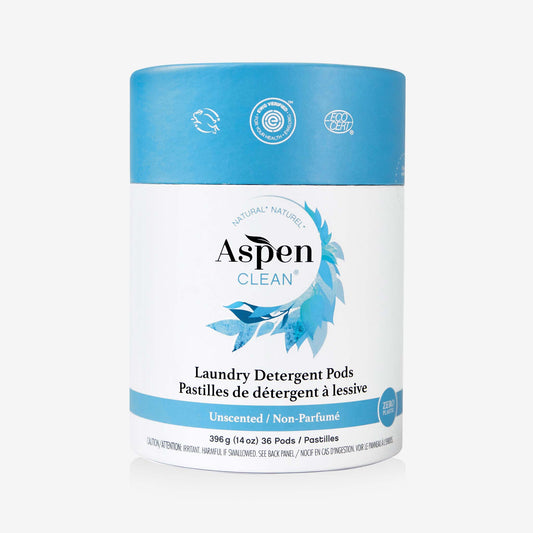With the Healthy Living Expo in Vancouver fast approaching it’s as good of a time as ever to start spring cleaning. Instead of focusing on the mess in your house, lets focus on the objects which house harmful chemicals that can be removed from your home. Many of these may surprise you, as they’re so ingrained in our day to day lives.

Water Bottles.
The plastic used in the production of the majority of water bottles contains Bisphenol A (or BPA) which mimics estrogen in the body. This chemical can be harmful to babies or children, which is why it was banned in baby bottles. The replacement for BPA is BPS (Bisphenol S) and is just as problematic.
What can you do?
Avoid BP-everything. Instead, choose glass or stainless-steel water bottles. If you want to keep the plastic option, stay with polypropylene plastic.
Pizza Boxes
Say it ain’t so. PFOA, used to make Teflon is linked to a host of cancers and thyroid disease (now known as PFAS’s) is added to thousands of food packaging products including, yes, pizza boxes. This chemical is popular because it helps with non-stick and grease proof surfaces.
What can you do? Ask for your take-out pizza in foil and avoid any grease resistant products. Or you can also make pizza at home as well. Delicious and safe.
Microwave Popcorn
Popcorn manufacturing used to use diacetyl which had been linked to severe lung disease in popcorn factory workers. As this chemical was phased out, it was replaced by 2,3 pentanedione which also has been linked to breathing problems. This chemical is not limited to being ingested by the factory workers, but the consumer themselves.
What can you do?
Check ingredients and avoid all “artificial flavours” in microwave popcorn.

Sofas
Random but true. In older furniture manufacturing, known carcinogens PBDE’s and Tris were used in production for fire resistance. While PBDE’s have been phased out, Tris production has increased, and a proprietary cocktail known as Firemaster 550 has been added to furniture production, which is an endocrine disruptor.
What can you do?
Look at the manufacturing ingredients and avoid these fire-retardant chemicals when buying new furniture. Many retailers have started making fire safe furniture without the use of chemicals.
Nonstick Pans
While handy, these are not at all safe. These pans contain trace amounts of a chemical called perluorooctanoic acid which is a known carcinogen.
What can you do?
Use cast iron or stainless-steel pans, and natural cooking lubricants such as olive oil or butter.
Plastic Food Containers
These containers are commonly made with phthalates to help make them flexible, but they also mimic hormones in the body. This can interfere with fetal development and increase the risk of reproductive health issues in adults. This phthalate, DEHP, has been replaced with alternative phthalate called DINP and DIDP. Unfortunately, these two are linked to birth defects, insulin resistance and high blood pressure.
What can you do?
Glass containers are the best option. If you want wish to stay with plastic, confirm it is polyethylene or polypropylene containers (marked with recycling numbers 2, 4, and 5). Also, avoid ever microwaving food in these plastics.

Carpets
If you need another reason to move into the 21st century, your bedroom carpet is a potential health hazard. If you’ve purchased carpets which are “stain resistant” you may want to reconsider your interior design options. Those carpets are stained with several industrial chemicals that cause a host of health problems, including links to thyroid disease and cancer.
What can you do?
If you want to stick with carpet, look for natural, untreated options like wool or sisal.
Hand Sanitizer
Hand sanitizers use a chemical called triclosan to disinfect areas. However, triclosan has been linked to hormone issues and has been proven to cause cancer in animals. It is being phased out in favour of benzalkonium chloride, which isn’t much better, as it is a known respiratory irritant that exasperates asthma.
What can you do?
Simple, use soap and water. Or if you’re really into the sanitizers, look for ones which use ethyl alcohol as the main driver.
Perfumes
Ingredients in cosmetics are not required to be released in Canada and most of the United States. This means that you really have no idea what you’re putting in your body when you spray those perfumes.
What can you do?
Look for third party organic certification and the use of natural oils as fragrances

Anything that says, “Natural Ingredients”
This means literally nothing in the food and cosmetics industry. There’s almost no oversight and it’s not regulated by any federal body.
What can you do?
Look for “organic” certifications, like ECOCERT, USDA, or Canada Organic as these are heavily regulated and have tremendous oversight.
While you’re enjoying your time at the trade show this year, make sure to keep this in mind when looking at all the exciting samples and booths. It’s almost spring so out with the old, in with the new.





